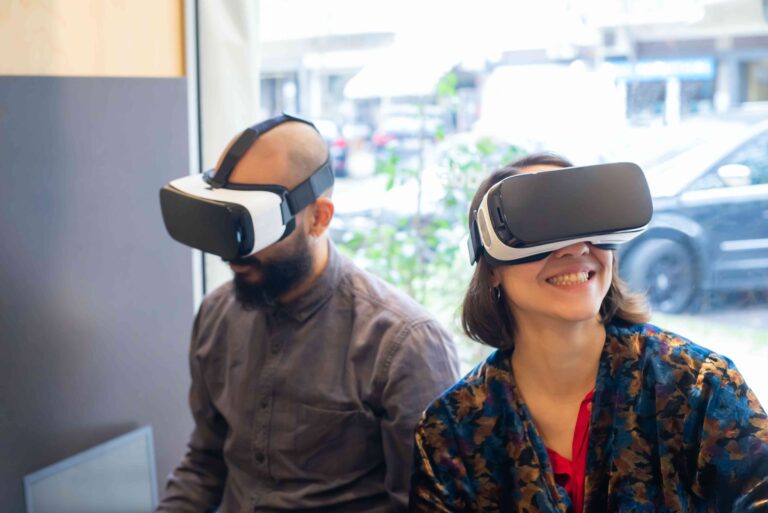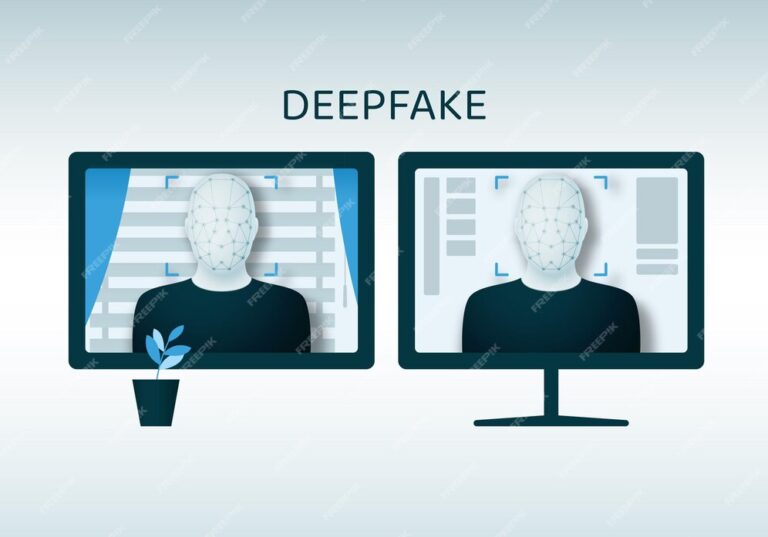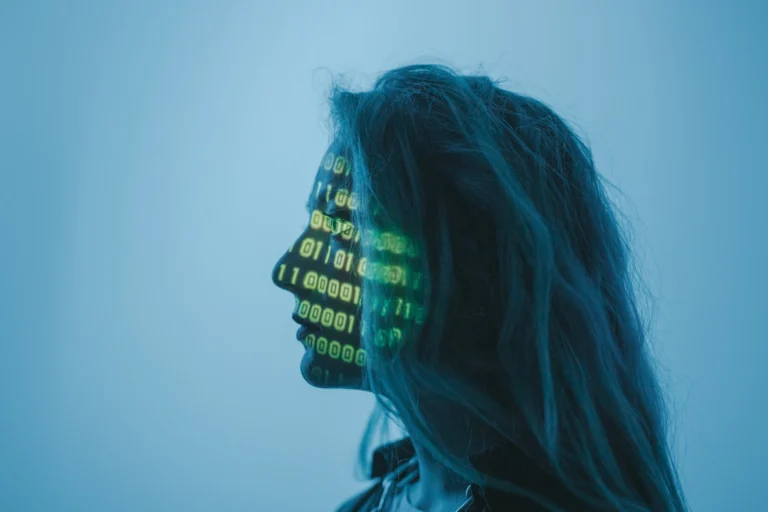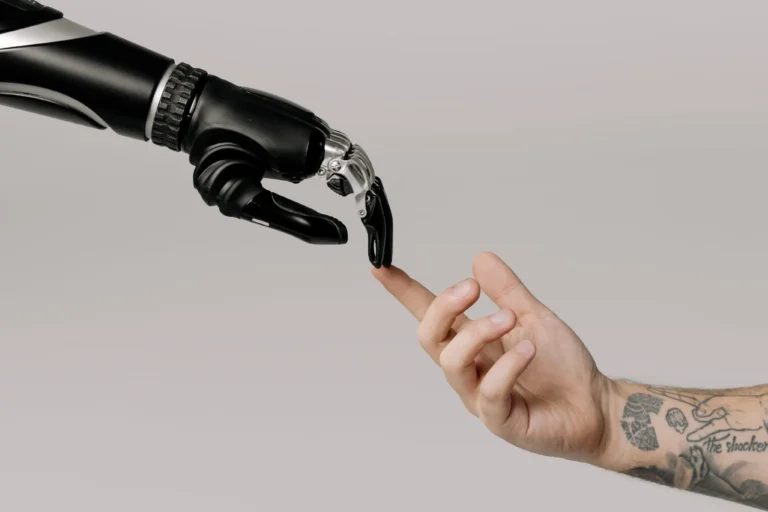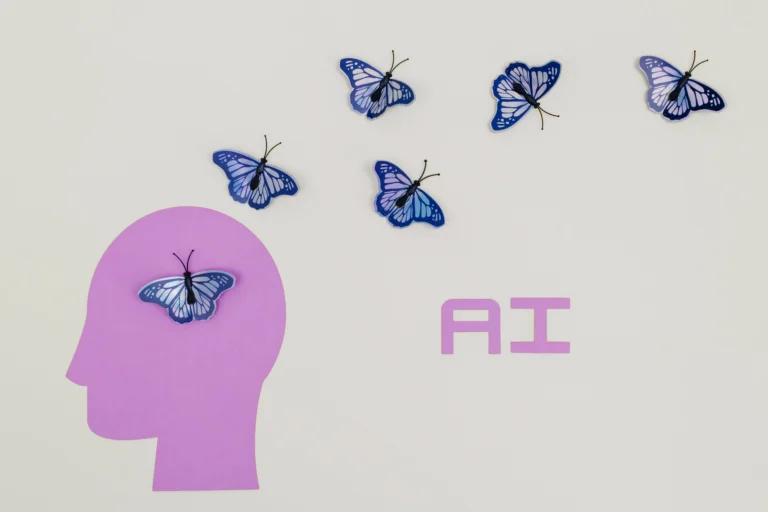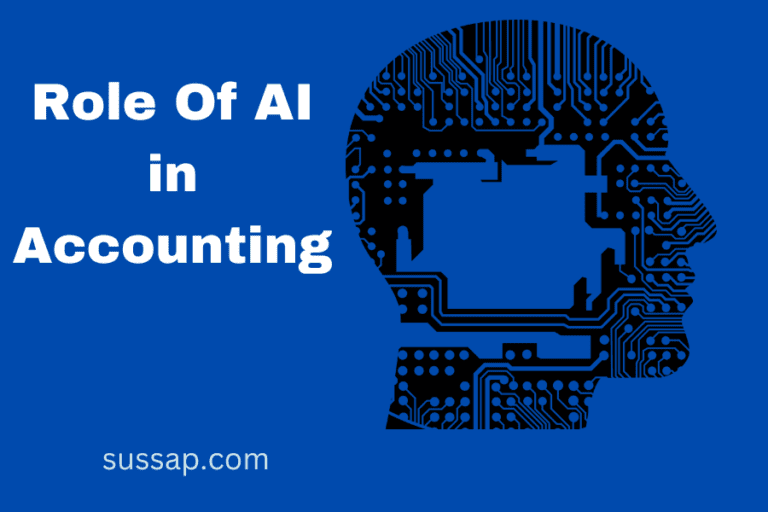Artificial intelligence, or AI, has a big impact on many industries. One area that is changing is digital art and design. AI tools are giving artists new and exciting ways to be creative.
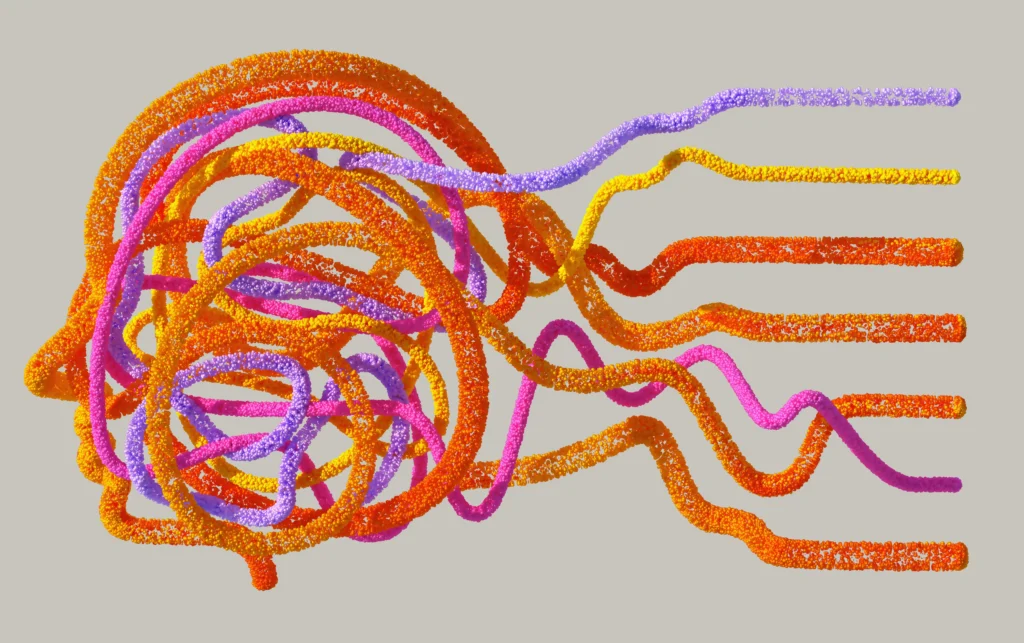
AI-powered generative design
One amazing AI innovation is art generators. These are computer programs that can make new images, sounds, and 3D models from scratch.
Generators like DALL-E 2 and Midjourney can produce very realistic pictures just based on the text descriptions you give them. For example, you could ask it to make “a cute puppy wearing glasses reading a book on the moon”. And it will create that crazy image!
By studying lots of artworks and styles, these AI have learned how to remix elements to make endless unique creations. This means designers now have a quick way to explore thousands of variations of an idea just by changing the text description slightly. Like “a chair shaped like a banana” or “a city where buildings have wheels”.
It’s a new tool to spark creators’ imagination, not replace it. The AI gives suggestions rather than decisions.
Assisting the creative process
In addition to making new artworks, AI can also improve and speed up human artists’ workflow in other ways:
- Recommend improvements to a design based on set goals
- Directly collaborate with an artist, like a creative assistant
- Fill in missing parts of an incomplete design
- Customize existing art for different audiences
- Automate repetitive tasks like upgrading image resolution
By handling tedious stuff, AI allows creators to focus their energy on creativity. For indie artists and designers without big budgets, this levels the playing field.
AI may even give useful feedback in the future – like analyzing visuals and advising how to make them more eye-catching and emotional. We could see AI emulate creative directors down the line!
Democratizing creativity
Generative AI powers intuitive creative tools usable by total beginners. Apps like Wombo Dream allow anyone to conjure up vivid AI paintings from imaginative phrases typed into a smartphone.
This suggests a future where creative expression becomes more accessible.
As smartphone cameras made photography ubiquitous, AI art generators could turn casual users into creators.
Democratized digital creation would have profound economic and cultural impacts – enabling more participation, diversity, and distribution of ideas. It could also help unlock latent talents who never considered themselves capable of art.
Making Customizable Game Assets
One major AI use in gaming is auto-generating customizable environments, characters, buildings, plants, vehicles, and objects.
Instead of tiresomely hand-modeling every detail, developers can feed simple inputs like concept art or basic shapes into algorithms. The AI will then output endless iterations matching requested criteria – like “fairy forest landscape” or “robot city scene”.
This massively accelerates worldbuilding and lightens workloads. It lets creators refine auto-generated assets or focus more on high-level game design over asset grunt work.
Personalized Creativity Buddies
In the future, AI could enable custom creative experiences by generating art, music, and stories tailored uniquely to each user.
The system would study individuals’ tastes and creation habits to serve as an “AI muse” – offering creative nudges, personalized prompts, optimized workflows, and custom assets to integrate.
A musician might get “20 soft piano sketches with a dreamy vibe” while an author receives bespoke characters and scenes matching their imagination.
This takes creative resonance and responsiveness to new heights!
Mimicking Artist Styles
For films and games, AI shows promise at replicating signature artistic styles.
By studying an artist’s portfolio the algorithms break down and encode their unique visual language – color palettes, textures, composition patterns, etc.
It can then generate new outputs faithfully reproducing the original style to blend believably into the desired media product.
As more creators collaborate on big projects, this voice replication will be critical for maintaining consistent artistic styles and quality.
AI-generated 3D worlds
In 3D graphics, AI promises to accelerate worldbuilding for virtual environments. Rather than manually designing detailed buildings, trees, and terrain, generators can automatically extrapolate realistic environments from limited inputs like layout maps, concept art, or written descriptions.
Game engines integrate these capabilities for easy landscape generation without needing modeling expertise. The benefits include faster prototyping, more organic environments, and freeing up developers to focus on other tasks.
As AI interpretation of language and artistic styles keeps improving, new frontiers open up for turning imagination into immersive 3D experiences instantly manifesting from words alone.
Challenges and concerns
Despite its enormous creative potential, AI does raise challenges that the design community must grapple with:
- Possible legal issues around training datasets and copyright
- Misusing people’s privacy with deepfake technology.
- Bias perpetuation if the algorithms encode problematic assumptions
- Perceived threat of automation replacing human creative roles
- Lack of AI understanding means artists can’t always effectively direct outputs
- Generating nude images of women with deep nude apps.
There are also philosophical debates around whether entirely computer-generated creations can be considered authentic ‘art’ at all.
Nonetheless, if embraced responsibly, AI innovation enables artists rather than replaces them. Developments are rapid and radical changes are coming to the creative industry. Understanding generative technology is becoming an essential skill for modern designers.
Those who learn to effectively leverage AI as part of their toolset will gain an enormous competitive edge. We are only beginning to glimpse what human-AI collaboration can achieve for imagination and innovation. The future remains creatively open-ended.
Real-world implementation
While much cutting-edge AI art exists mainly as lab demonstrations today, we are starting to see practical real-world applications across industries:
Advertising – Agencies automate repetitious banner ad generation by tailoring imagery and text to target demographics and interests.
Architecture – Generative algorithms help architects experiment with radical new building forms and internal layouts meeting the desired spatial and functional requirements.
Fashion – AI can generate not just fabric patterns and clothing designs but entire 3D garments digitally draped over models of various body shapes and poses based on typed adjective prompts.
Interior design – Recommend and visualize furniture arrangements optimized for spatial constraints, ergonomics, aesthetics, and other factors.
Gaming – Automating asset generation for customizable characters, vehicles, environments, etc. Faster creative iteration equals more gameplay innovation and reduced crunch time for developers.
Fine art – Opening new frontiers for AI/human collaboration, creative exploration, and remix culture – bringing radical changes to industries like photography, sculpture, and more.
The applications extend as far as our creativity does. Whatever your artistic and design endeavors, AI is here to help enhance imagination and unlock new possibilities.

